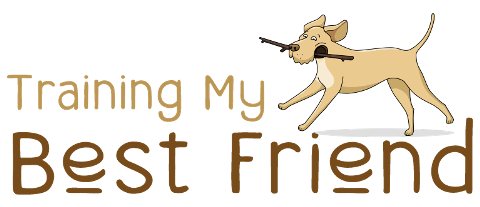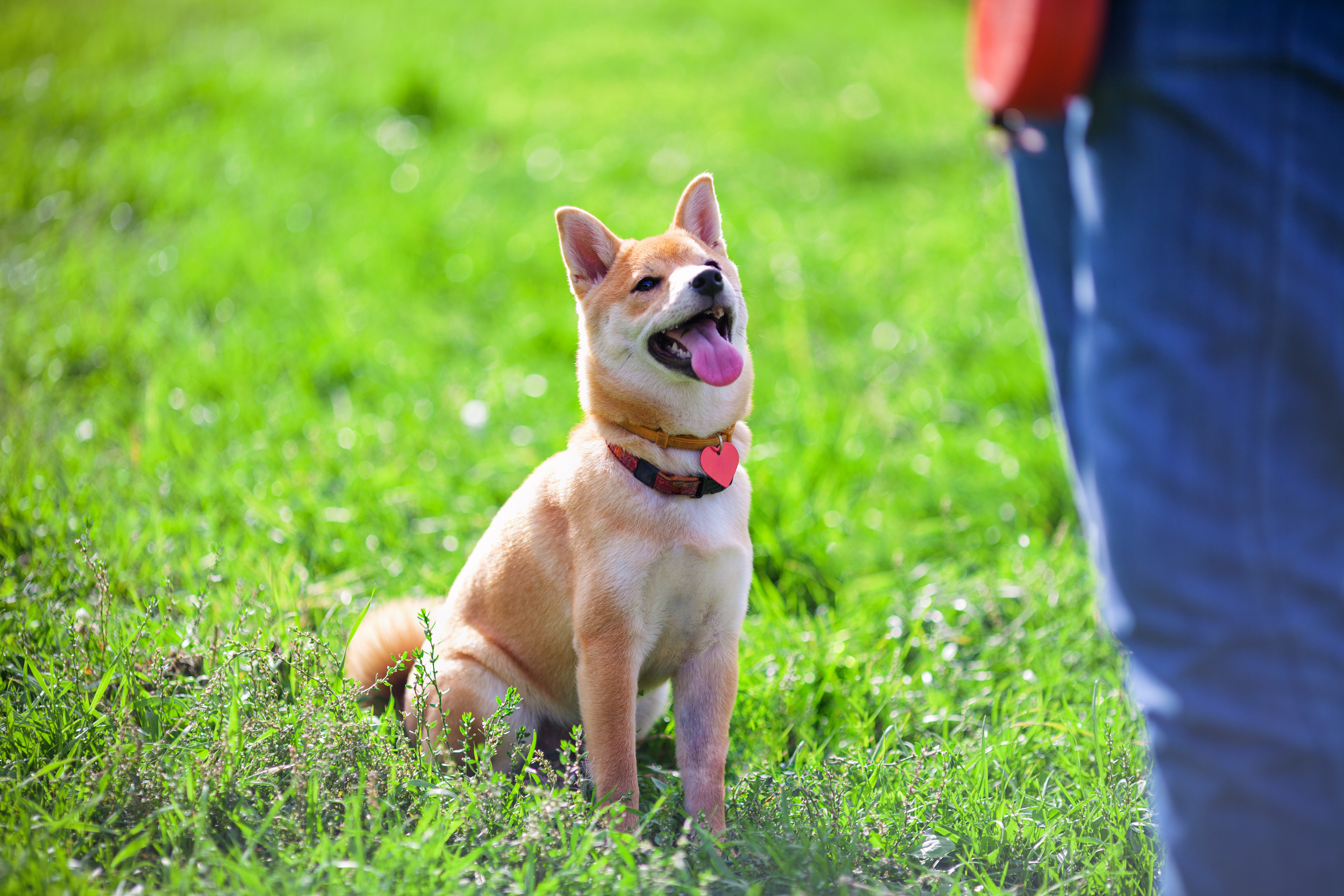Training Your Dog to Respond to Their Name
Training your dog to respond to their name is a core lesson which every canine needs to learn. By identifying to their name, a dog places itself within its social hierarchy. This clears away confusion within the home and gives your dog a lot more freedom than an unnamed, untrained animal. Puppies and adopted elders can be taught their new name with minimal effort.
All it takes is to draw recognition to the sound of its name, is rewarding your dog’s attention. Name training is the first step to any other type of dog training you wish to carry out.
Here we’ll be taking you through a look at training your dog to respond to their name. With our guide and key insights, you’ll soon have any pooch responding in any situation.
Starting Positive Reinforcement
Positive reinforcement is the only reliable way to teach a dog basic skill. Start off by gaining your dog’s attention. Keep a few dogs treats on hand. Choose an indicator word that you’ll be using throughout all future training. The word ‘Yes’ works well.
Other owners prefer ‘Good dog.’ Say your dog’s name and when their attention is drawn to you; then, it’s time to say your indicator phrase followed by a treat. Give it a few seconds and then repeat the process. Spend at least five minutes doing this each day.
Getting the Attention of Your Dog
Once you’ve got your dog used to the idea of being rewarded when it hears their name, it is time to try the same exercise again. This time, you want to do it when your dog isn’t focused on you. Call out to your dog when you notice them meandering around. They must not be too distracted by what they’re doing.
When your dog turns its attention to you, you need to say your indicator phrase out loud and reward them immediately. The reward has to be given straight away or an association between the reward and naming won’t be made.
Leash Name Training – Introducing Distractions
Now that your dog is fairly used to responding to its name, it is time to get out your leash. Take your dog for a walk in a quiet area and gently tug on the leash. When your dog responds by turning to look at you, speak your indicator phrase (for example “Good dog”) and give a treat. Repeat this exercise in varying environments.
When your dog is used to the action of turning its attention to you when the leash is tugged, repeat the same process but this time say their name. When your dog responds to their name, feed them a dog training treat. If your dog doesn’t respond, follow its name by a tug on the leash. As long as you train this response every day while taking your dog out to play, it’ll soon respond no matter how noisy or excitable the environment may be. If you still struggle with distractions, then it may be a good idea to invest in a dedicated program such as Brain Training for Dogs.
Multiple Names and Nicknames
Once training your dog to respond to their name has been accomplished, try to refrain from nicknames. Your dog needs to develop a fixed association to its name. Renaming your dog or affectionately calling out a nickname too frequently will do nothing other than cause confusion.
Command Confusion
Your dog’s name must only be used to draw their attention to you. Nothing else. Common mistakes include using a dog’s name as a recall command, or using it as a prelude to “sit” or “stay.” A dog’s name cannot have to meanings. Instead of calling “Cassie come!” instead call your dog using its name e.g. “Cassie” in a friendly beckoning tone.
Once your dog responds, pause and issue your second command e.g. “Come.” The more you get yourself used to use using your dog’s name this way it becomes far easier to help them understand other commands. A single association is all that must be bound to your dog’s name. You don’t want them interpreting their name as a possible combination of either “stop what I’m doing and give you all my attention,” “I’m being naughty and need to cower in fear,” or “go to my owner or else I’m in trouble.”
The only meaning that you want interpreted is an amicable “stop and turn your attention to me.” This is why you always want to use a calm passive voice and always follow with a rewarding or desirable experience. You want your dog to think a resounding “YES” when it hears its name and then turn its attention directly to you.
How to Use Your Dog’s Name Correctly
Your dog’s name is not something you should use casually. If you use your dog’s name too often there won’t be any definite association and it’ll become like any other sound. A dog’s name is not something that you must ever use as a part of correctional methods or punishment.
Shouting out the dog’s name as you notice it doing something naughty will associate the sound to negative things. This is a terrible platform for any form of obedience training and can ruin the bond between owner and dog. Speaking your dog’s name should always be a forerunning sign of something good coming.
The Joy of Training Your Dog to Respond to Their Name
The sound of your dog’s name must spark joy and a fixed focus on you while your dog waits for its command. A well-trained dog who responds to their name is in the safest position it can be while out and about. Should danger present itself, your call of its name can instantaneously draw your dog out of danger and towards you.
Similarly, the pleasure of allowing your dog the freedom to roam without worrying about it getting lost or confused is forever rewarding. If you’re looking for an advanced positive reinforcement program to help bring out your dog’s true intelligence, then give Brain Training for Dogs a try. Thanks to its unique approach combining tried and tested techniques, training gets your dog thinking rather than acting on command.
With its place in the “pack” of your home established and boundaries set by your commands, all you’ll ever need to do is call out to have the full attention of your dog. Any further interaction between man and dog does nothing other than strengthen the loving bond between the two.

